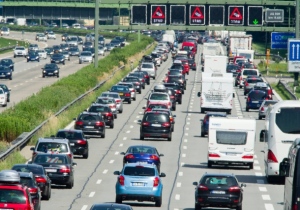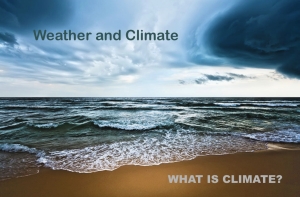We’re told: ‘Environmental champion, who was first person to walk to both poles, uses Antarctic trek as green wake-up call.’ But who really needs to be woken up? The polar night means Antarctica is a dead zone for solar power for six months of every year, highlighting the fact that part-time sources of electricity can never be relied upon.
“Thirty years ago, I was the first person in history perhaps stupid enough to walk to the North and South Poles,” renowned British explorer Robert Swan, 61, tells IBTimes UK.
“I had no intention ever in my life of ever walking anywhere cold again – this was definite.”
But that is exactly what he is going to do.
























